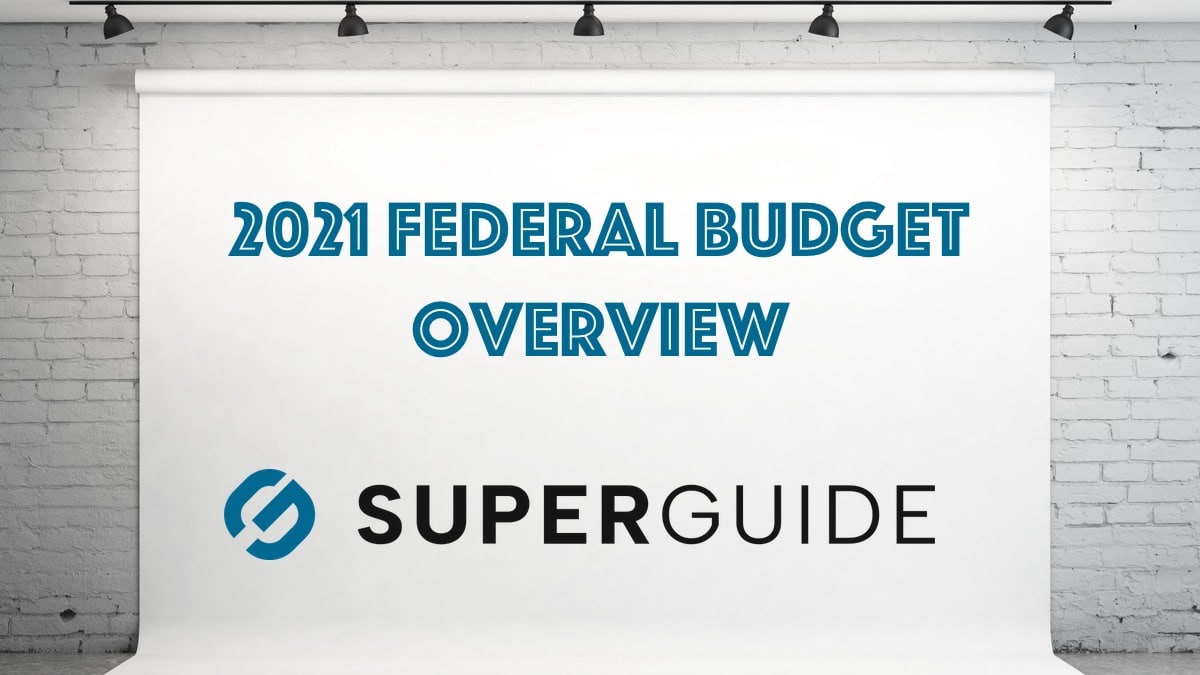In this guide
- Superannuation Guarantee (SG) – Removing $450 per month threshold
- Removing the work test
- First Home Super Saver Scheme – Increasing the maximum releasable amount to $50,000
- Downsizer super contributions – Reducing eligibility age from 65 to 60
- Pension Loans Scheme enhancements – Lump sums access and guarantee against negative equity
- Stronger outcomes for super consumers
- SMSFs – Amnesty on legacy retirement income products
- SMSFs – Relaxing residency requirements
- Income tax – Retaining the low and middle income tax offset for 2021-22
- Income tax – Increasing the Medicare levy low-income thresholds
- Modernising the individual tax residency rules
- Taxation of Financial Arrangements — hedging and foreign exchange deregulation
Josh Frydenberg delivered his third Federal Budget on 11 May 2021. It is only six months since the COVID-delayed 2020 Federal Budget, but the economy is in a relatively better place. This year’s budget deficit of $161 billion is $52.7 billion lower than was estimated then and employment is higher than even pre-COVID.
The following announcements are those that affect superannuation, tax and aged care.
SUPERANNUATION ANNOUNCEMENTS
Superannuation Guarantee (SG) – Removing $450 per month threshold
Currently employers are not required to pay the 9.5% superannuation guarantee (SG) to employees earning less than $450 per month.
The threshold will be removed from 1 July 2022 (pending legislation).
This reform will boost the retirement savings for those on lower incomes, particularly women. The Retirement Income Review estimated that if this threshold was removed approximately 300,000 individuals would receive additional superannuation guarantee payments each month, of which 63% are women.
Note: What wasn’t mentioned in the Budget was whether the increase in the SG (up to 12% from July 2025) will go ahead as legislated. The next increase from 9.5% to 10% is due to apply from 1 July 2021 and the government has not provided firm commitment whether this will go ahead or be delayed again. Since this is just seven weeks away, it is likely causing unnecessary uncertainty for many businesses.
Learn more about the superannuation guarantee.

